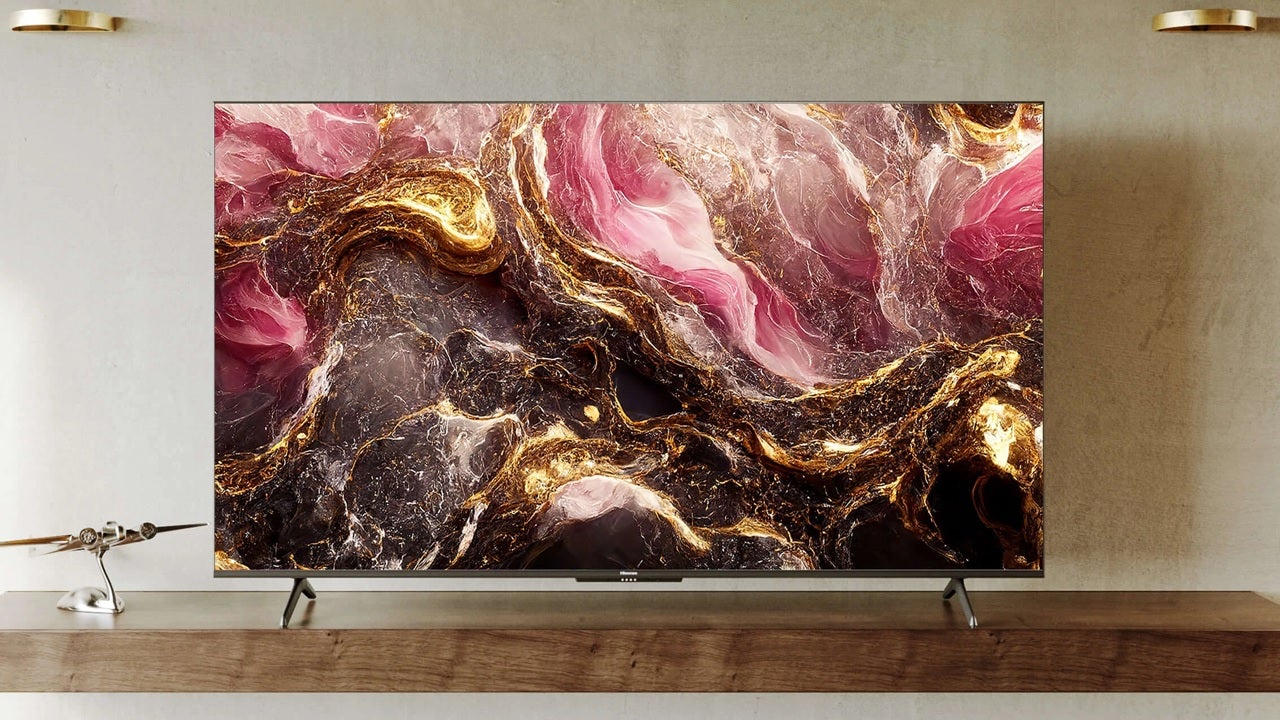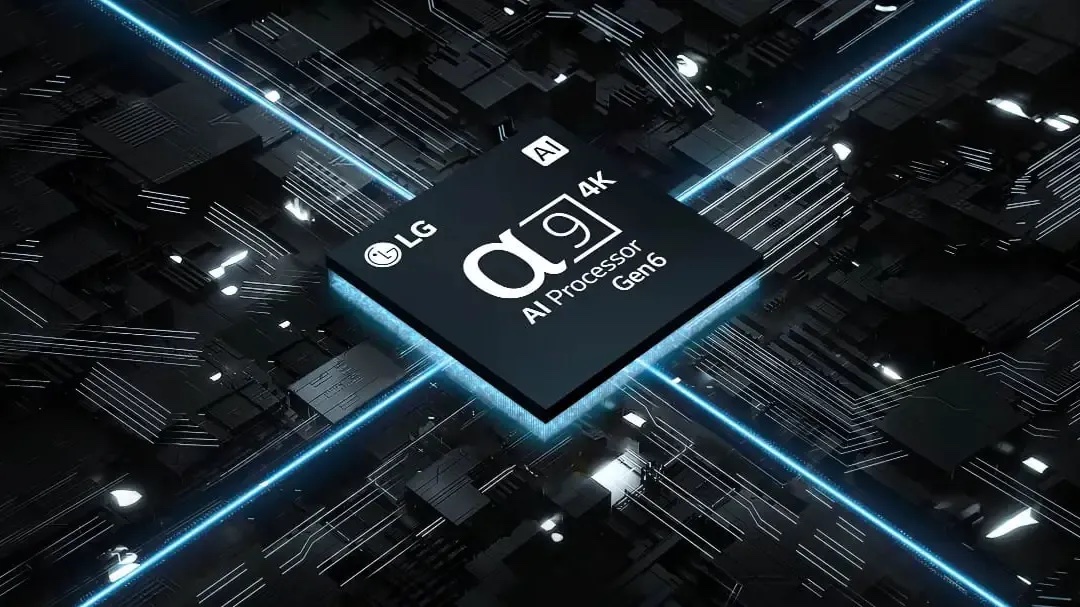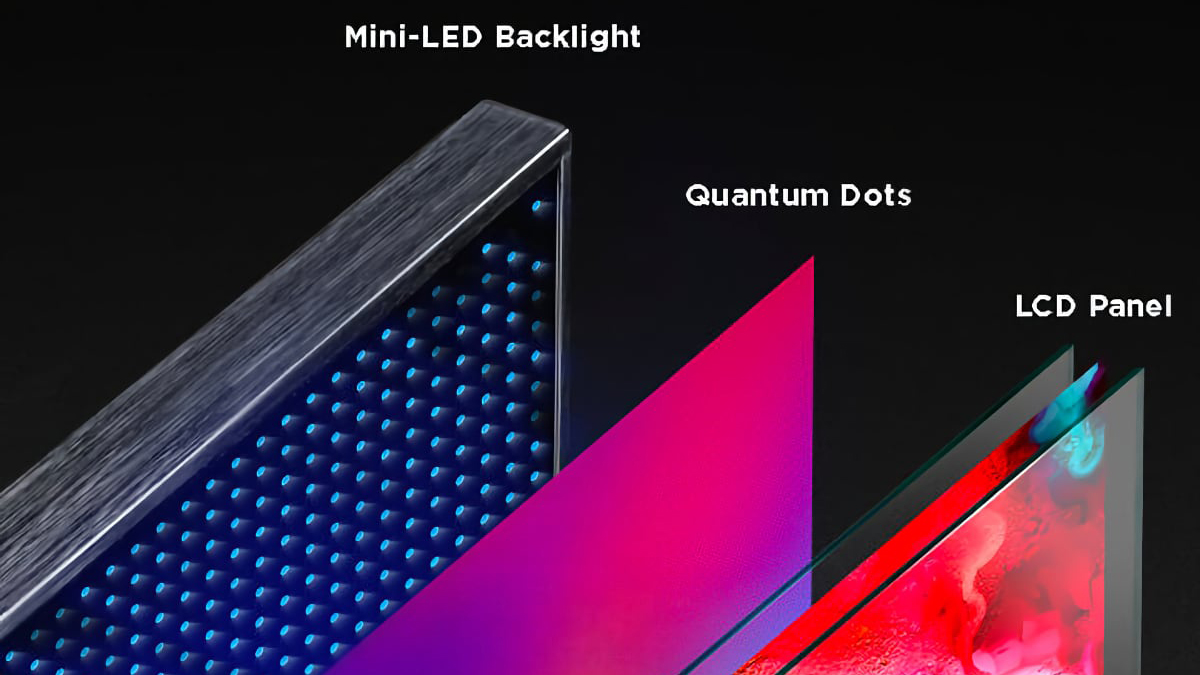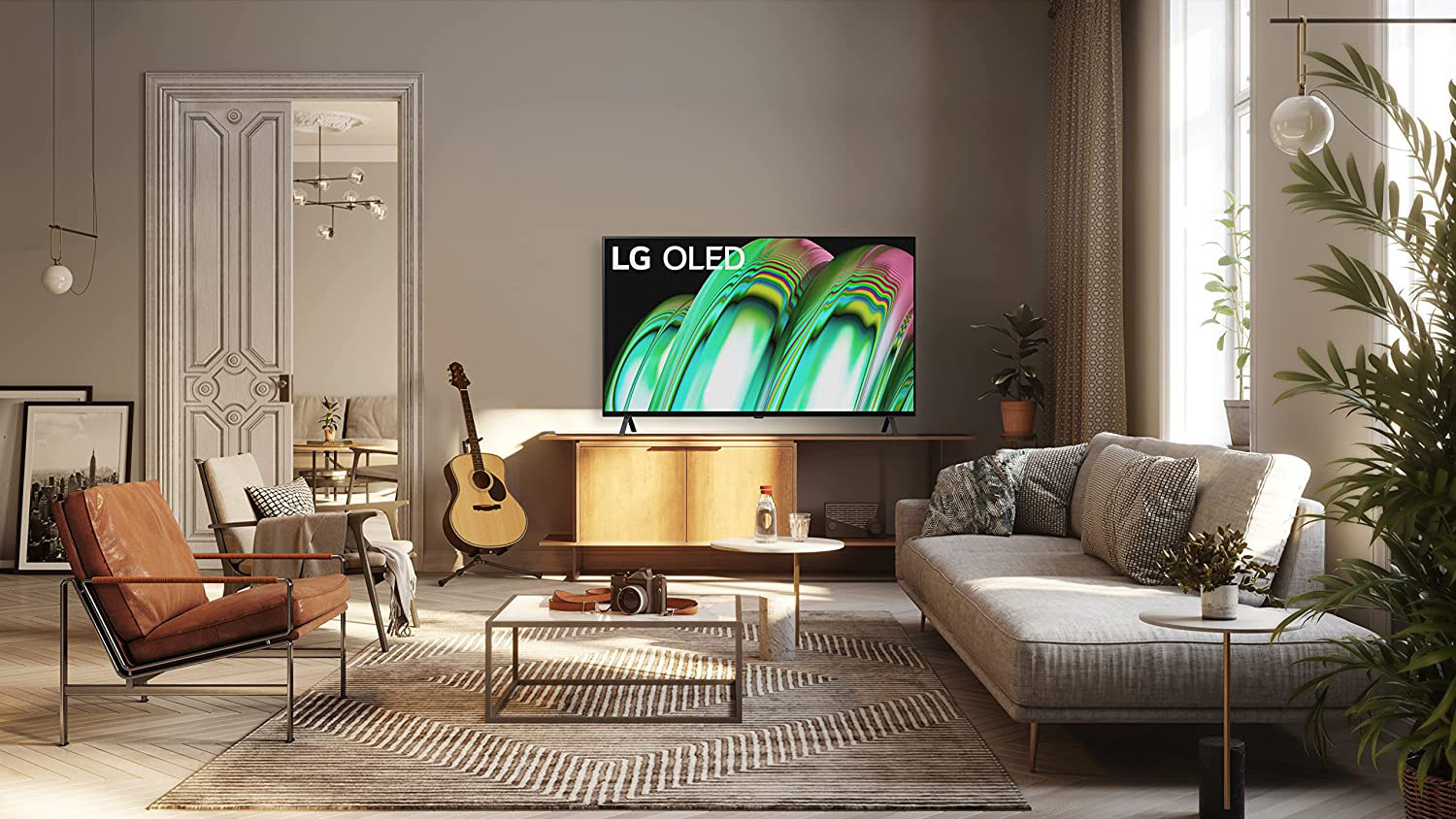The TVs to watch out for in 2024, from better OLEDs to cheaper mini-LEDs
Our forecasts for the best TV tech in the year ahead

As good as the best TVs in 2023 have been, nothing beats looking to the future to think of how they could be improved even further.
It’s a sad truth in the world of consumer technology that new iterations are usually only a year away, meaning that a once market-leading purchase can quickly become surpassed only 12 months later. It’s also true, however, that most of those improvements are small enough not to render your purchase obsolete, and that smart TVs should last you a good few years before you need to worry about upgrading them again.
But if you didn’t opt for a new TV in 2023, then 2024 may well hold some as-yet unreleased gems, from cheaper-than-ever TV tech to new record-breaking brightness from brands’ flagship screens. Here are the highlights of what to expect from the world of smart TVs next year.
Monstrously bright TVs – and fewer reflections
Hisense is set to have an eye-catching TV range next year. On the one hand, the Chinese TV brand is readying what it calls the world’s brightest TV – a Mini LED model that should hit 10,000 nits peak brightness instead of the previous 4,000 nit record (also set by Hisense). That’s an incredible amount of light being emitted, and which should truly (but not really) fry your eyeballs with cinematic goodness.
Why do you want something that bright? Well, ‘peak’ is the key word here: that’s the maximum brightness a single pixel could theoretically go, compared to the average brightness across the entire screen. It should enhance the contrast between bright and dark areas of the screen, and ensure colors are vividly produced.
Some movies will be ‘mastered’ on a 4,000 nit monitor, so this is likely 2.5x brighter than whatever Martin Scorsese’s colorists are using – needless, but dazzling, and a nice big number for Hisense to gloat about. We only expect this metric on Hisense’s 110-inch model to start, but it bodes well for more mid-range or mid-size models down the line.
On the other hand, Hisense has been perfecting a new anti-reflection technology in its ‘Obsidian’ panels – similar to the ‘Vanta Black’ tech used by LG, Philips and Panasonic to limit reflections without similar reductions to the brightness of the screen.
Get daily insight, inspiration and deals in your inbox
Sign up for breaking news, reviews, opinion, top tech deals, and more.
Reflections can interfere with the image you see onscreen, especially in bright surroundings, meaning you generally need a darkened room or a very bright screen to reduce this visual interference. We said earlier this year that anti-reflection tech would likely be the next frontier for smart TVs, and more progress is being made here across the board. Bring on 2024!
Neural processors and motion tracking

LG is one of the major players in today’s smart TV market, and for good reason – the company’s huge push into OLED panels truly paid off and ensured the panel technology spread to millions of homes worldwide.
However, LG TVs look set to get even smarter. The Alpha 10 processor coming in LG’s 2024 TVs is expected to use a neural processing unit (NPU), helping to do more heavy-duty picture and audio processing in the processor itself without the help of external data centers. It should also “increase AI chip power efficiency and response speed, and increase security” (via Etnews) – though we won’t be able to test the perceived benefits until we see the new range, likely at CES 2024 in January. (The 2024 models should ship with 144Hz refresh rates that cater to PC gamers, too.)
Curiously, there’s also mention of the Alpha 10 processor enabling motion-based services, suggesting the TV could respond in specific ways to your movement or placement in the room – possibly to do with directional audio or video calling, though these features might be for non-TV devices that get LG’s new chipset instead.
More mini-LED TVs

Once-prohibitively expensive TV tech usually gets cheaper as time goes on, and that’s what we expect to happen in 2024, too.
Consider mini-LED, the backlight technology that makes use of minute LEDs for greater luminance and more precise brightness control. The tech is having a moment, with more manufacturers than ever jumping on the mini-LED bandwagon. DSCC reports that mini-LED jumped from less than 100,000 units in 2020 to over three million in 2022, showing a rapid increase in manufacturer and consumer interest.
TCL was the first backer back in 2019, but everyone from Samsung to LG has gotten in on the action in the years since. Hisense released its first mini-LED screens in 2023. Budget device manufacturer Sharp, too, is releasing three mini-LED TVs in 2024 for the first time (via HDTVTest), showing how widespread the technology has become, with expanded production paving the way for a new generation of accessible mini-LED screens.
…and cheaper OLED TVs too!

We also saw a report from market analysts at DSCC earlier in 2023, saying that increased efficiency and yield by OLED TV panel factories should push down production costs by about 20% in the coming year. Whether that will translate into lower retail prices is yet to be seen, but with so much competition between OLED TV manufacturers, we imagine brands are looking to entice consumers however possible – which should include price drops at opportune times.
We’ve already seen many OLED TVs drop below $1,000 / £1,000 / AU$1,500, especially in the Black Friday sales, and it’s clear that the once-hardcore TV technology is now a much more reasonable proposition for everyday shoppers – even if it isn’t quite as affordable as the Amazon Fire TV Omni QLED, one of our favorite budget picks for 2023.
LG is also expected to ship 2 million OLED panels to Samsung in 2024, suggesting that the latter could start offering a wider range of affordable OLED models beyond their current top-tier options, too.
You might also like
Henry is a freelance technology journalist, and former News & Features Editor for TechRadar, where he specialized in home entertainment gadgets such as TVs, projectors, soundbars, and smart speakers. Other bylines include Edge, T3, iMore, GamesRadar, NBC News, Healthline, and The Times.
